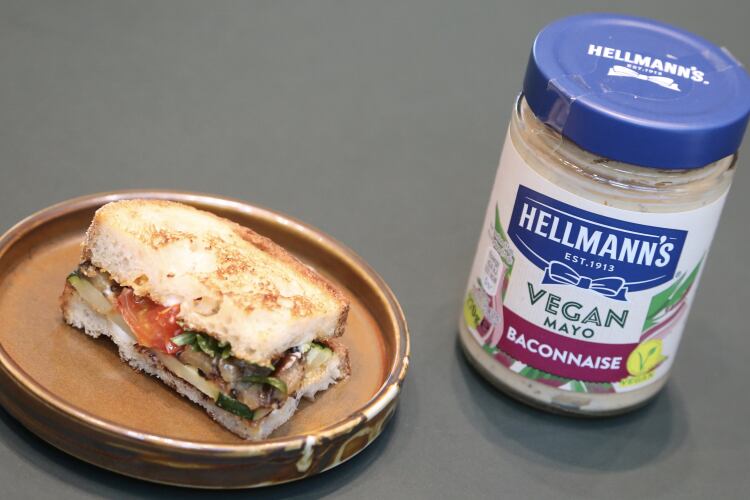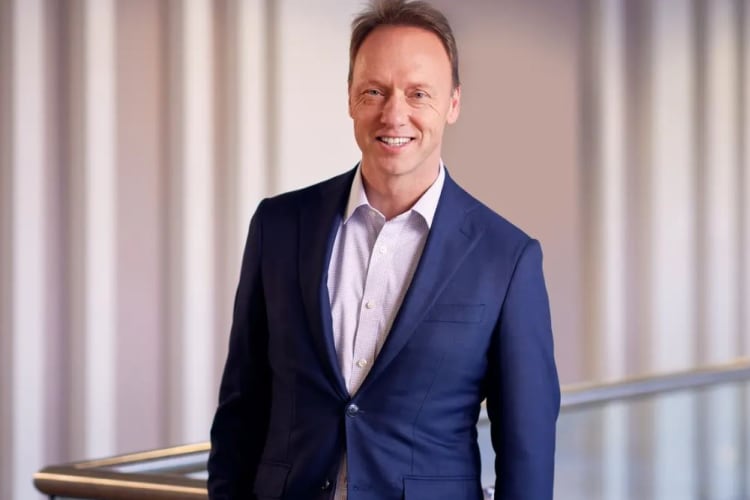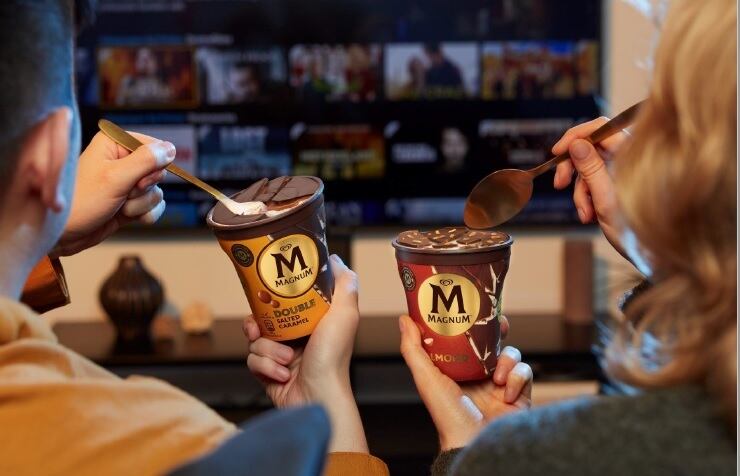Unilever’s 14 brands that generate sales of more than a billion euros grew by 11% last year, ahead of overall sales growth across the group that stood at 9%. These power brands now account for 53% of Unilever’s total turnover. Hellmann’s mayonnaise sales, for instance, surpassed €2bn in 2022. “The important point here is, of course, not the rather arbitrary turnover milestones, but the contribution of our biggest and best brands to Unilever's growth. The €1 billion plus brands collectively grew at 11% for the year. And these brands are our first priority for innovation and for investment,” explained chief executive Alan Jope.
The power of Unilever’s brands has been key to the group’s ability to weather levels of commodity cost increases ‘not seen in a generation’. The company was able to pass price increases along to the consumer, meaning it was able to protect the shape of its P&L account and protect brand investment, Jope revealed. Underlying operating profit was broadly flat at €9.7 billion with profit margins declining somewhat as a result of cost pressures.
The group’s Nutrition division, which counts brands such as Hellmann’s and Knorr among its stable, grew by 8.6% in the year with price up 10.9% and volumes down 2.1%. Dressings were a particular highlight, boosted by a strong performance from Hellmann’s in North America, while the slower paced growth in scratch cooking aids was nevertheless bolstered by Knorr’s launch of zero salt bouillon.
Ice cream brands such as Magnum, Wall’s and Ben & Jerry’s also showed resilience in their top line performances. Overall the ice cream unit grew 9% in the year with price up 9.7%, volumes down only 0.7%, Unilever revealed.
While Unilever concentrated on growing its largest brands, on the one hand, it also took the decision to exit some unprofitable brands in both ice cream and nutrition in order to sharpen its portfolio focus. For instance, Jope revealed: “At a time when Almonds is absolutely flying, we took the opportunity to ease back on some frankly, structurally unprofitable business in our preferable brands in Dressings North America.” In ice cream, meanwhile, the group exited some of its ‘low-value in-home’ tubs business in Europe.
Increasing big brand investment in 2023
Jope attributed the strong performance of Unilever’s biggest brands to investment in innovation, which he said was up by ‘around’ €50m last year. “Our growth is being underpinned by bigger, better innovation and a relentless focus on functional product superiority,” the chief executive – who is preparing to exit Unilever this year – claimed. “Brand investment was up significantly in absolute euros and will grow again in 2023. We will ensure that brand support remains at competitive levels in 2023.”
On the company’s plans to step up investments in 2023, Jope revealed that Unilever’s business units plan to reduce costs and increase pricing further in order to support elevated levels of brand and marketing investment. “They have all built plans that involve aggressive savings, continued pricing and therefore, the ability to step up their BMI investment,” he revealed.
Could disposals be on the cards?
Unilever’s outlook for 2023 guided to organic growth 'at least in the upper half of the 3-5%' range with 'modest' improvement in underlying margins.
All in all, this update can be viewed as a solid finish to Jope’s tumultuous three years at the helm of Unilever, including a failed attempt to acquire the healthcare division of GSK - a move that would have been funded by splitting off Unilever’s food interests.
What can we expect, then, from incoming CEO Hein Schumacher?
Given that Unilever’s product portfolio contains 400 brands – and the largest 14 account for more than half of sales – industry watchers believe some pruning could be in order. “The new CEO is bound to take a long hard look at Unilever’s portfolio. He may decide that over 400 brands is too many,” according to Charlie Huggins, Head of Equities at Wealth Club.
As well as freeing up cash to focus on growing the most profitable parts of the business, a leaner organisational footprint could help solve some of the other challenges that have been dogging Unilever’s performance, Huggins believes.
“There is little wrong with Unilever on the surface. It has good brands and a great footprint in emerging markets. The problem has been execution and getting the best out of the assets it owns. Several problems could probably be solved by stopping doing things, rather than seeking to do more. Stop acquiring, stop shackling employees with bureaucracy, stop making empty promises and stop the corporate gobbledygook. Instead, focus on the basics, simplify, and inject some much-needed dynamism.
“Easier said than done of course, especially for a business Unilever’s size. But there is a potential solution to that problem – disposals.”




